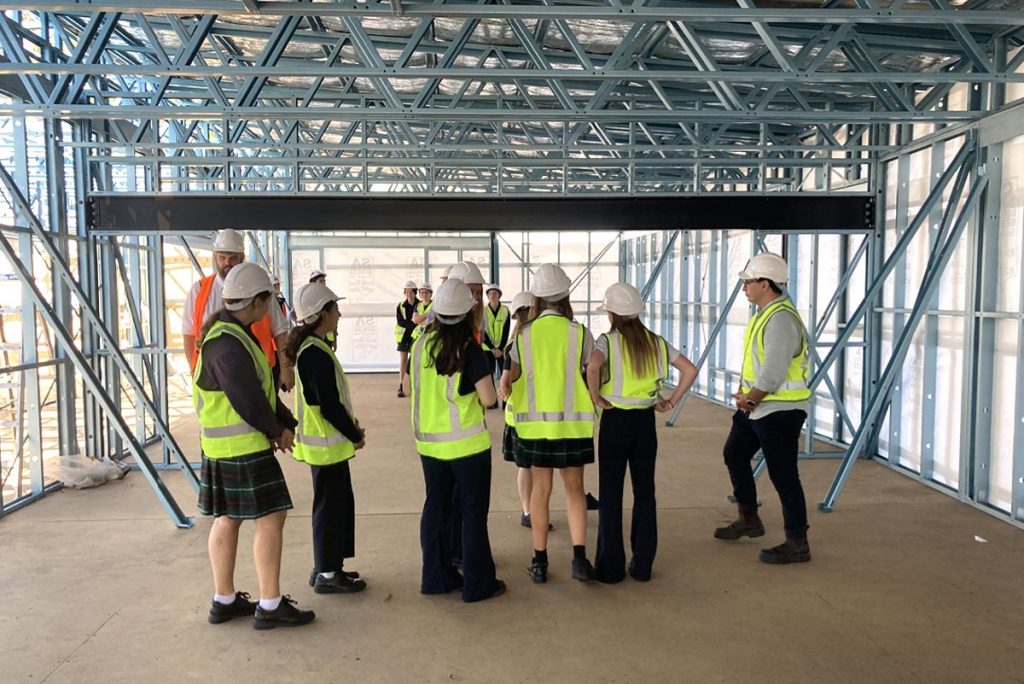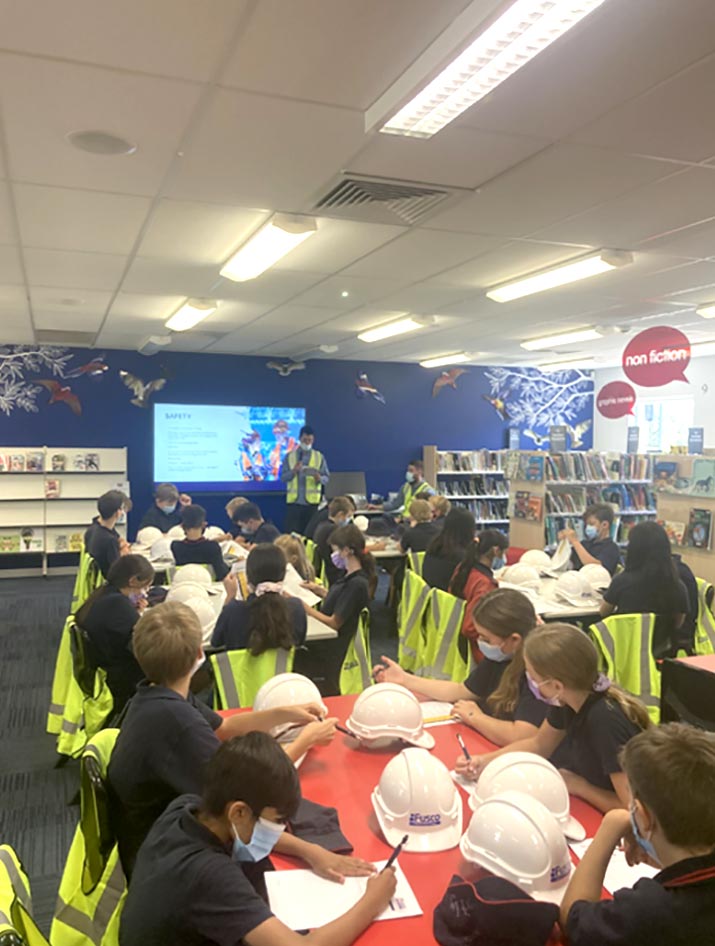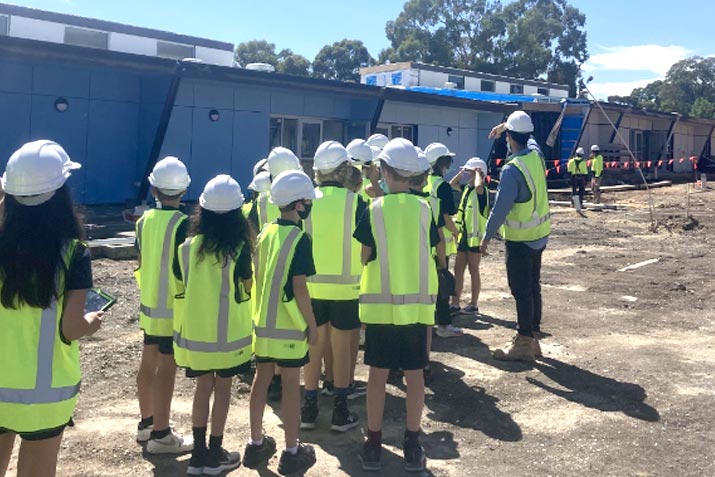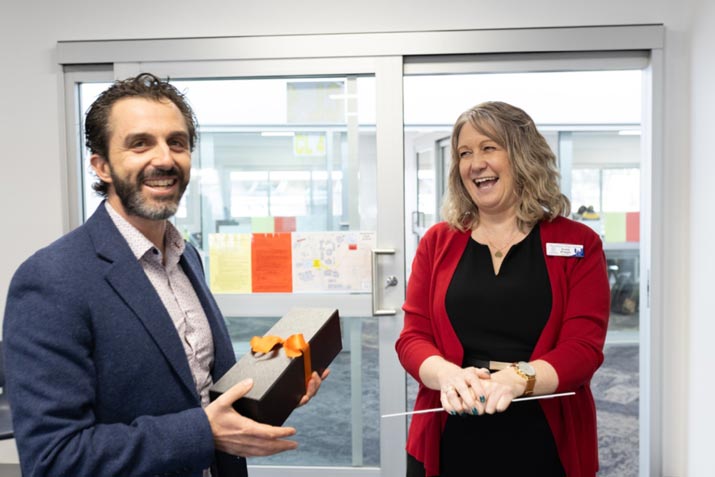

Change management, communications, and engagement is vital in assembling the pieces of the MMC ‘puzzle’ for a successful project.
When it comes to the adoption and integration of MMC (modern methods of construction) methodologies, large scale change management is often overlooked.
This is as much applicable when delivering individual projects and programs of work, as on a larger scale for the broader construction industry.
The systems, processes, tools, behaviours, and mindset change of people influence infrastructure and how it is used, as well as how effective the implementation is. This is where effective change management, communications and stakeholder engagement comes in.
It’s possible that stakeholders could resist the change, systems and processes can be flawed, and the shift to new ways of working, thinking, and interacting may not be sustainable, when the change to MMC from traditional construction methods is not planned and managed.
(Main pic: Sensum and Fusco Constructions take Mitcham Girls’ High School students on a factory tour to see the construction of their new building.)
As it’s growing in application in the industry, MMC requires consideration of misconceptions and knowledge gaps, with support for clients, end users and broader stakeholder groups along the way.
From experience, here are some things that can commonly happen without the support of effective change management:
So how do we address these issues effectively with change management?
Planning for change
We must first understand the environment and readiness for change, develop a clear picture of the desired end state for people’s systems and processes. A clear vision means the level of change is understood and a targeted plan established to support making this vision a reality.


ABOVE: Design and construction presentation, site tour and Q&A session for students at Ardtornish Primary School with Das Studio and Fusco Constructions.
Implementing the change
Taking a staged and measured approach to change, supported with effective communications, engagement, training, and opportunities to experience the desired vision is crucial. Taking stakeholders along for the journey will help to mitigate any risk of change fatigue that can come from a large-scale singular transformational change like the adoption of MMC methodologies.
Some of this might look like:
By giving stakeholders an understanding of the direct benefits of the model, we encourage them to become advocates for MMC and feel more invested in the project. Keeping stakeholders in the loop and inviting them to share in the excitement ensures clarity, helping to reduce fear of change and the discomfort of ambiguity.

ABOVE: Sensum SA’s Steve Condina with a happy client, celebrating the building’s completion.
Embedding change
To ensure ongoing optimisation and full benefit realisation of the shift to MMC, ongoing systems, processes, policies, rewards, and operating models need to be in place. A targeted change management and communication approach should support clients in accepting and adapting to change, with appropriate training for these new processes and skills required.
See: www.sensum.com.au/communications-and-change
CLICK HERE to return to the home page for more articles.